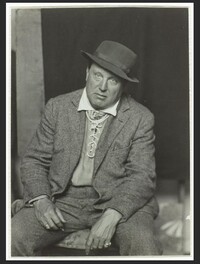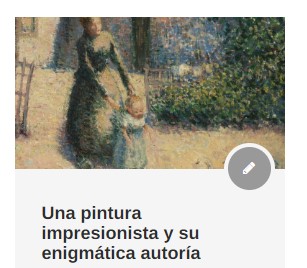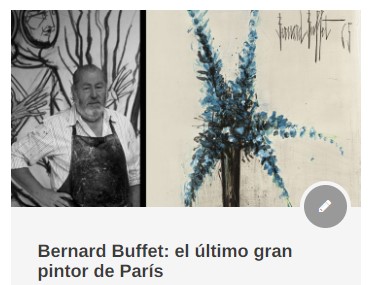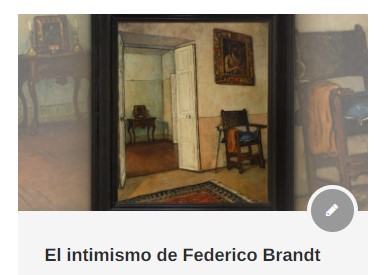Maurice Vlaminick: a Fauvist in the orbit of Van Gogh
At a time when Paris had established itself as the artistic epicenter par excellence, the pictorial experimentations of a group of young artists entered the scene to give a radical turn to the art world that would lead to the beginning of the avant-garde.
The names of Matisse, Derain and Vlaminick would forever be united under the name Les Fauves, in reference to the rebellious and fierce spirit that dominated them. In their works they used pure and arbitrary colors, exaggerated the drawing and forced the perspective to the point of astonishing those who saw their works for the first time.
In this aspect, it is very likely that Vlaminick’s personality and work is the most faithful and extreme embodiment of the Fauvist idiosyncrasy. Despite the short existence of the group (1904-1907), the Fauve spirit remained in Vlaminick in an unappealable way, turning his canvases into a place where he poured his own emotions in an intuitive and vehement way. An example of this is the canvas in tender, whose creation, despite not being part of the Fauvist stage itself, remains impregnated with the spontaneous, instinctive and overwhelming character that characterized Vlaminick.

Understanding color as the spontaneous liberation of the instinctive, Vlaminick captured through his landscapes not only his own temperament, but also expressed his own feelings about the historical context of war.
His rebellious and rebellious character is registered in his work by means of a nervous and thick brushstroke, with dense impastos that do nothing but enhance the rapturous and flamboyant expressiveness of the landscape, whose aggressive chromatism no longer needs the exalted vivacity of Fauvism, but through somber but contrasted tonalities, he manages to extract all the power of the forces of nature. In this sense, the legacy of Van Gogh, recognized as the true father of expressionism, was a determining factor in the development of Vlaminick’s work, who was completely shocked after attending the exhibition that took place in Paris in 1901.

As for the German expressionists, Van Gogh was an essential reference for the fauvists, not only for the use of a vibrant brushstroke and a palette of bright colors, but also in the way of representing certain genres, such as self-portraits, portraits and landscapes. Regarding this last theme, Vlaminick felt a special admiration for the way Van Gogh struggled to express, in the painting, his inner state.
Vlaminick not only admired the formal qualities of Van Gogh’s painting, but he was also a reference in terms of the intensity of his artistic and vital vision because, as with Van Gogh’s painting, his were undoubtedly landscapes born of passion and a wild instinct.




